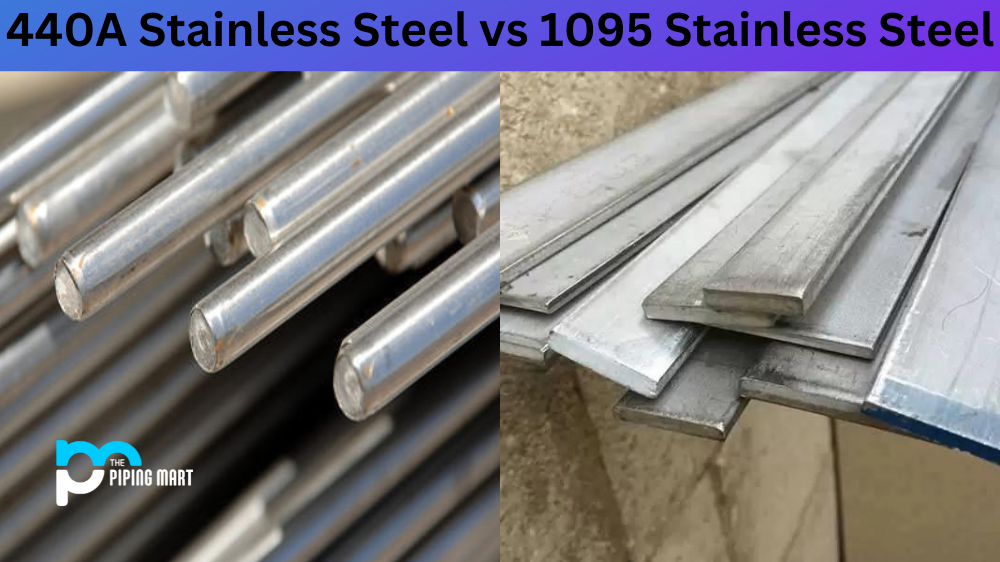Brass wire is a popular metalworking product because of its malleability and strength. It’s used in industry, crafts, construction, and more. To understand why it’s so popular, let’s look at the different components of brass wire composition.
Brass is an alloy composed of copper and zinc. The ratio between these two metals varies depending on the type of brass you are using – some may contain more copper or more zinc than others. As such, there are various types of brass available for different applications. For example, manganese bronze contains up to 12% manganese to increase corrosion resistance in marine environments.
The most common type is known as “red brass,” which has a higher copper content (85%) than other alloys but still contains zinc (15%). This makes red brass easy to work with while being extremely durable and resistant to corrosion. Red brass wire usually contains small amounts of lead for improved machinability and extra strength.
The final component of brass wire composition is iron – typically in amounts less than 0.5%. Iron helps the alloy to achieve greater tensile strength and ductility while remaining cost-effective compared to other alloys like stainless steel or aluminum. Iron also helps reduce porosity in castings, making it useful for casting applications as well as metal fabrication projects that require intricate shaping techniques like turning or forming operations.
Conclusion:
In summary, understanding the components that make up a piece of brass wire can help metalworkers choose the right alloy for their application. By taking into account the proportion of copper, zinc, lead, and iron present in an alloy’s composition, one can determine how strong, flexible, and corrosion-resistant their project will be when using that particular type of brass wire. With this knowledge in hand, any metalworker or craftsman can confidently select the best material for their needs!

Meet Bhavesh, a seasoned blogger with a wealth of knowledge and experience. From metal products manufacturing to retail, Bhavesh has a diverse background in various industries and is dedicated to sharing his insights and expertise with readers.




